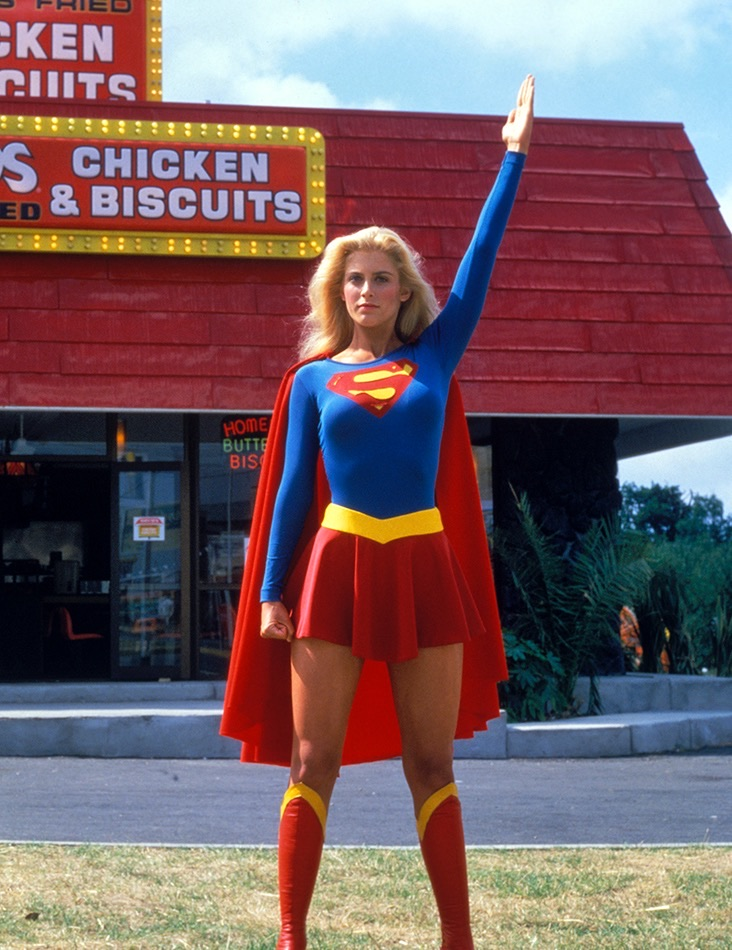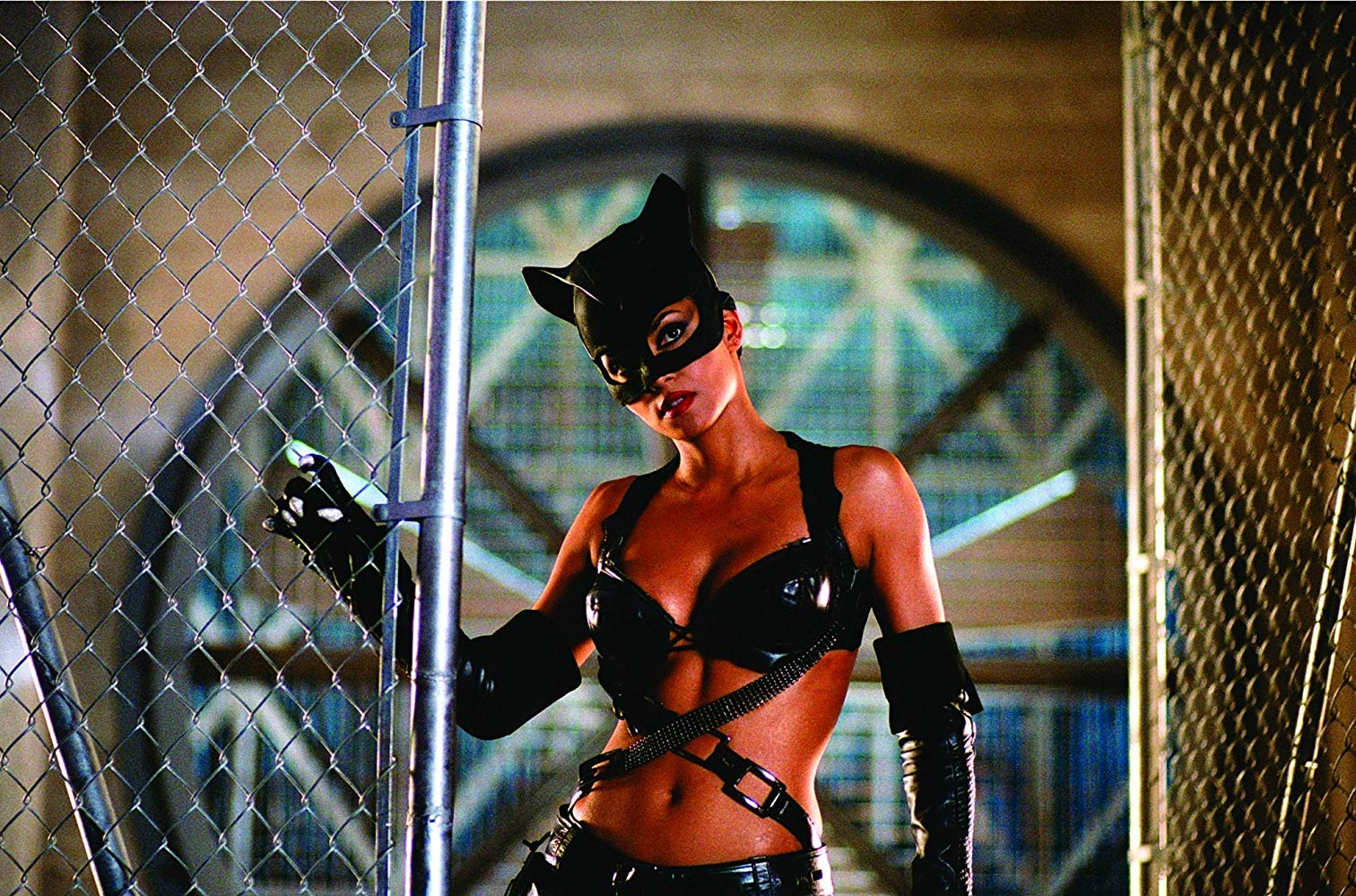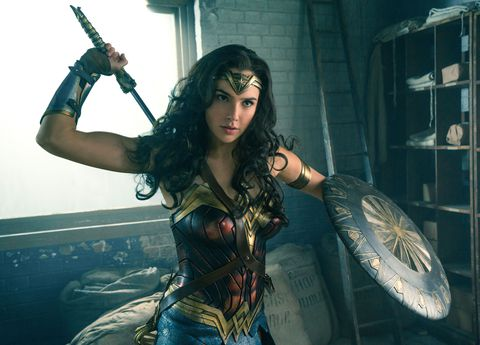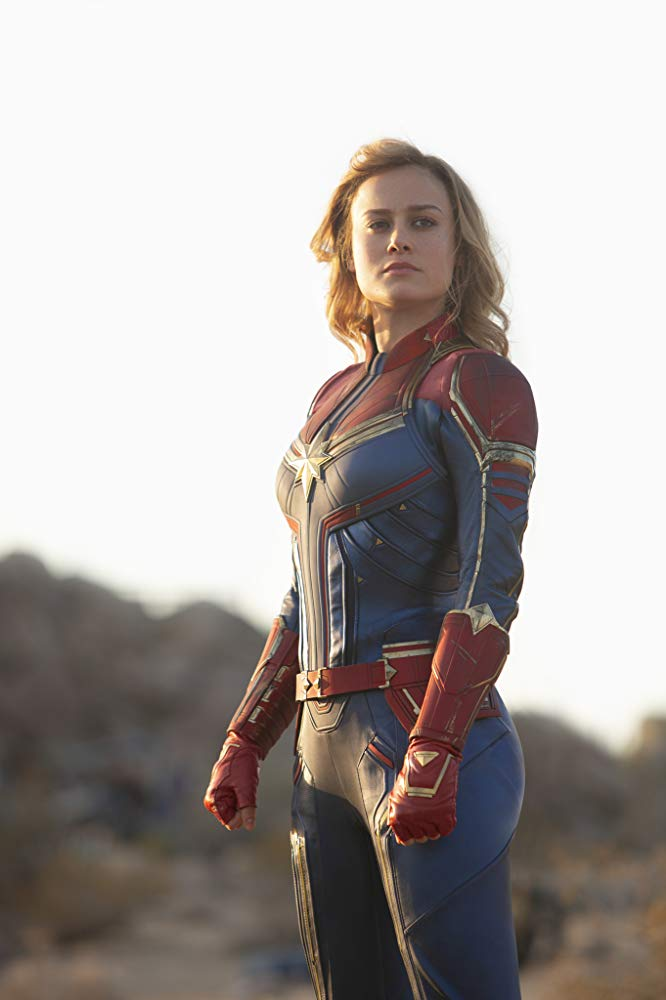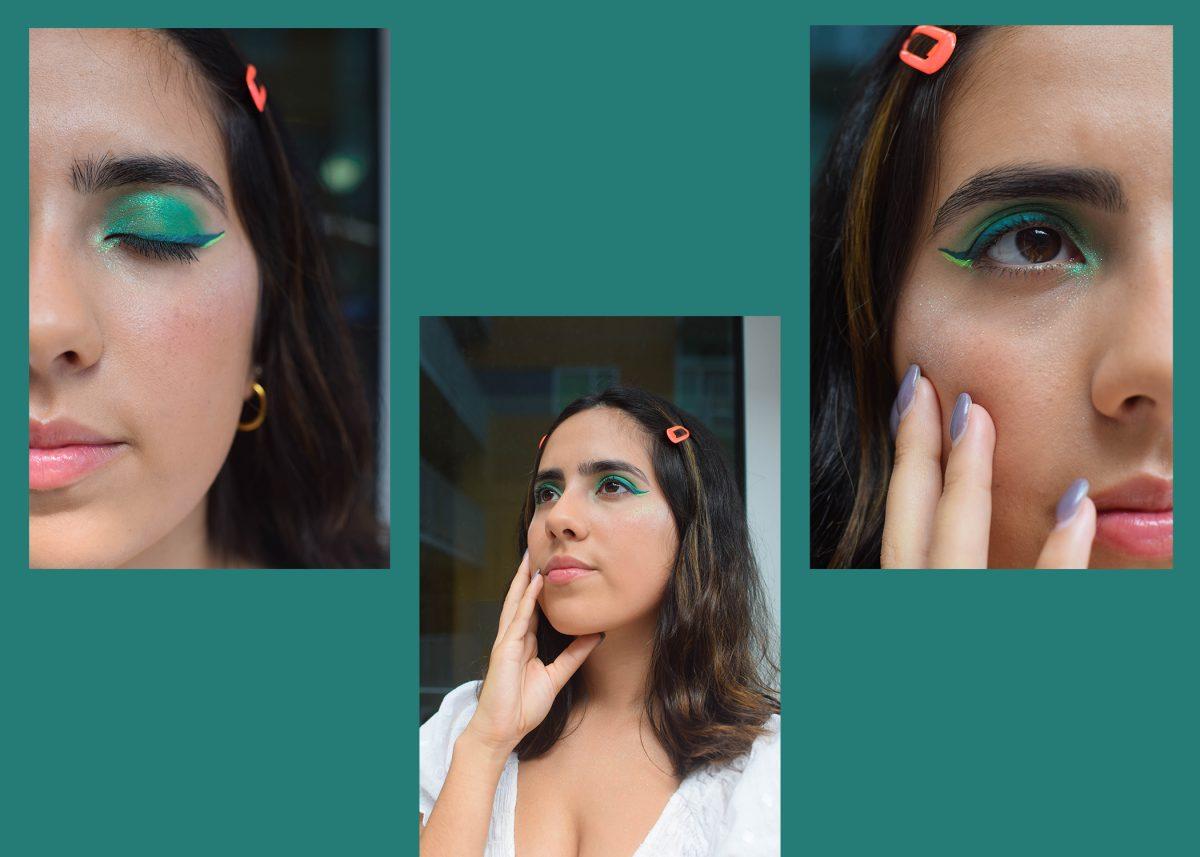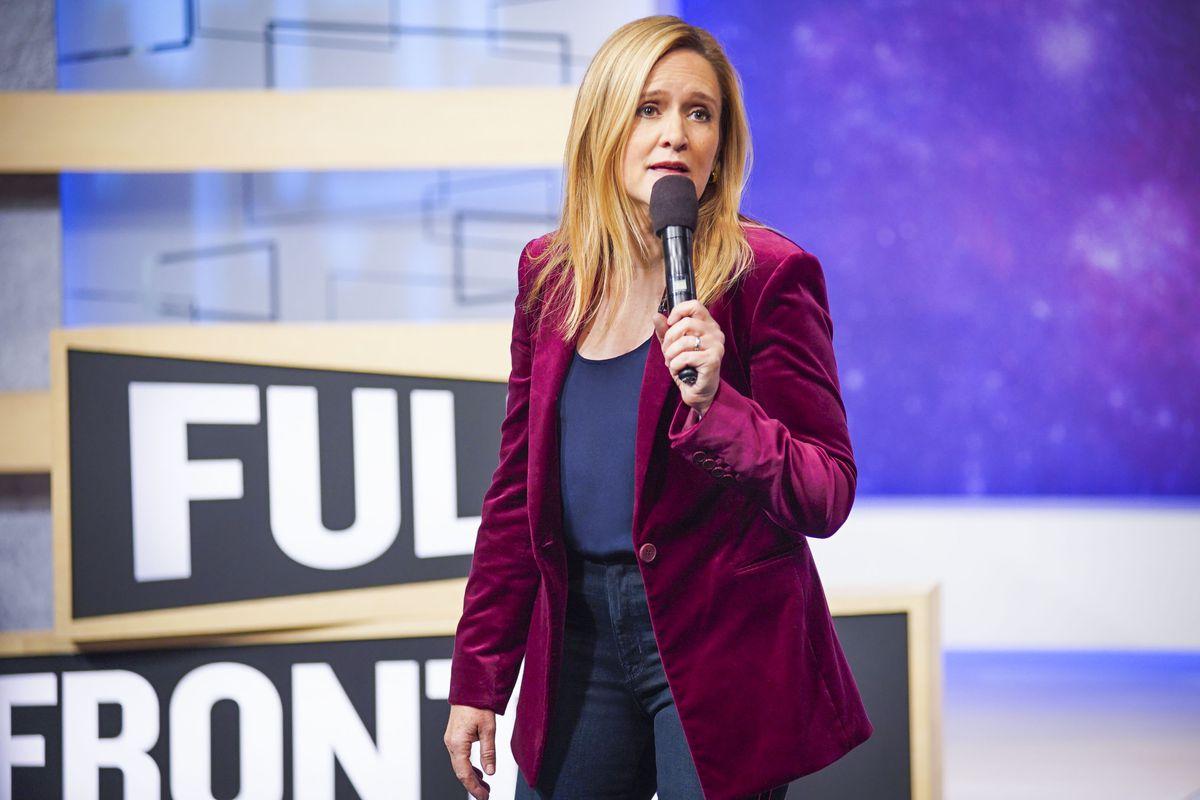After the release of “Captain Marvel,” we’re all eagerly awaiting the next female-led superhero flick to grace the big screen. But before “Captain Marvel,” the representation of women in superhero films looked a little less feminist icon and a little more like Kirsten Dunst being saved by mannequin Spiderman.
Story by Savannah Olson
Photo courtesy of IMDB
When Kevin Feige, president of Marvel Studios, announced in 2014 that Marvel would be creating its first female-led superhero film, fans collectively thought “finally!” As of 2014, Marvel films ascended to the top of box offices, easily breaking records with some of the most popular films of our generation. However, until the official release of “Captain Marvel” in 2019, every single one of Marvel’s films were led by a man. That includes 20 films of complex male characters given the limelight, while the few female superheroes on the roster were relegated to background players. As Captain Marvel rises in the ranks to become one of the most powerful heroes in the Marvel Cinematic Universe (MCU), let’s look back at how other female-led superhero films represented their characters.
Supergirl walked so Captain Marvel could run! Looking every bit like it was made in 1984, “Supergirl” became the first female-led superhero film in all its campy glory with Helen Slater starring as the titular Supergirl. It may not stand up to the billion-dollar CGI and set design of superhero films today, but “Supergirl” sets an interesting precedent for female superheroes that follow.
Even now, the “damsel in distress” trope is used in superhero cinema, as seen in the most current Superman films. In “Man of Steel” and “Batman vs. Superman,” the resourceful and intelligent Lois Lane is constantly saved by Superman. However, for most of “Supergirl,” the heroine is the one saving her worthless human love interest, Ethan. The film flips the male-dominated narrative by saying, hey, maybe the flying woman that has super-strength can save herself and her dumb-as-rocks honey. We love that concept!
Still, “Supergirl” has its flaws. In one scene, Supergirl is sexually harassed by two male truckers, in a complete tone shift from the kitschy family adventure film. One man walks creepily behind her, lifts up her cape to check out her butt and goes on to say, “Check out the view from back here.” Yikes. Within her first night of being on Earth, Supergirl is introduced to the horrors of sexual harassment in a single swoop. Superman didn’t face this issue in his skin-tight spandex suit, yet we have to see Supergirl go through it. Although she ends up kicking their asses, it’s upsetting that even female superheroines cannot escape sexual harassment on the big screen, especially when it’s completely unnecessary to the plot.
Following “Supergirl,” female comic characters in film were noticeably pushed to the sidelines. Instead of starring in their own films, these women either needed saving like Kirsten Dunst’s Mary-Jane in Sam Raimi’s Spiderman trilogy or were a part of ensemble flicks like “X-Men.” But even in “X-Men,” complex female characters like Rogue and Jean Grey have storylines focused on love triangles that fail to dive deeply into their inner turmoil. Another issue was the overall whiteness of the female comic characters depicted, with the main exception being Halle Berry’s Storm in “X-Men,” who was given little screen time in comparison to her white peers.
Photo courtesy of Vulture
It only took another twenty years for the next female-led superhero film to appear onto the scene. Enter the unfortunate disaster that was 2004’s “Catwoman.” On pause as Storm in the “X-Men” films, Halle Berry donned a leather bustier in a poor reflection of the DC Comics anti-hero, Catwoman.
In attempting to portray a feminist view of sexuality, “Catwoman” fails by making that her only discernible trait. The character of Catwoman is known as having agency over her sexuality, but it’s in balance with her wit and playful attitude. Instead, the movie likes to remind the audience that she acts like a cat and loves to play pick-up basketball on the weekends.
There’s also the issue with the villain. Sharon Stone portrays an evil makeup mogul who is scorned after being replaced by a younger woman in the company. This character reflects the ageist and sexist idea that older women cannot be the heroes in superhero films and always have it out for younger women. Older women are depicted in few films as it is, but showing them in this manner perpetuates the idea that women above a certain age can only ever be ‘evil.’
Still, there are some positive aspects to this film regarding female representation. Casting a black woman as the lead in a superhero film is something we’ve yet to see again. And overall, props are given to the re-watchability of this film.
Years later, It wouldn’t be Marvel offering the first female-led film helmed by a female director. In 2017, the world received the first feature length film of one of the most famous superheroes, Wonder Woman. DC’s films weren’t doing so well at this point, but the introduction of Wonder Woman in the grim “Batman vs. Superman” glowed brighter than her two super-buds. With the announcement of her own film in the works and the addition of an indie female director named Patty Jenkins, buzz generated about the feminist possibilities of the movie.
Photo courtesy of Elle
In many factors, “Wonder Woman” was a ground-breaking film for female representation in the superhero genre. The film broke box office records in 2017 as the world’s highest grossing movie directed by a woman, making $675 million. From the framing of the Amazonian warriors to the complexity of the film’s titular character, no other superhero movie had featured a woman in the same situations as her male peers but through an overtly feminist outlook. Diana Prince AKA Wonder Woman is separated from the only world she’s known in order to go off and explore a strange, new world while also saving it from mortal peril. Yet, the issues of being a woman during the era of World War I are conflicted with how she grew up on the island of Themyscira, surrounded by women warriors with no men in sight.
The unfortunate aspect of “Wonder Woman” is her romantic relationship with Steve Trevor. Although love stories can be wonderful and beautiful parts of films, they are usually the only motivations for women in movies. In the end of the movie, Diana’s remorse and sadness is directed towards her loss of Steve. She saves the world and experiences the true horrors of mankind, yet Diana is only given the change to think about Steve? Put on your golden lasso girl and let’s move on! Without the love story pushed into “Wonder Woman,” the film would have gone on to unleash a deeper understanding of Diana’s motives and mind, similar to that of the future “Captain Marvel” film which it would pave the way for.
When Marvel Studios came onto the scene, women superheroes weren’t given full attention by the studio. Instead, they were either minor characters or love interests for the hunky white dudes. After being introduced into the MCU as the first female superhero back in 2010, Black Widow is only just now getting her own solo film – ten years after every other male superhero has had multiple solo films. The MCU has showcased the most complex and badass female superheroes to date like Black Widow, Okoye, Valkyrie and so many others – yet, these awesome ladies haven’t had their own films that extensively detail their stories. Enter “Captain Marvel,” a formulaic Marvel origin story, but with a woman finally in charge.
Photo courtesy of IMDB
“Captain Marvel” may not have been the best film Marvel has produced, but the fact that it faced countless trolling attempts prior to release and still broke box office records and positively represented women certainly isn’t something to look down on. Yes, the fight scene set to “I’m Just A Girl” by No Doubt may be a little too on the nose, but it’s fun and even empowering!
Carol Danvers, a.k.a. Captain Marvel, is told repeatedly throughout the movie that she needs to get a grip on her emotions – an idea that women have often been told by men as a means of degradation. When she finally breaks free from the Kree’s control, Carol reaches her full potential as Captain Marvel. Not once does the plot of “Captain Marvel” involve Carol falling in love with a man, which is a significant portion of female superheroes’ stories in these kinds of films. Discovering who she is and what she can become is the main story, something that many other superheroines in film weren’t given until the release of “Captain Marvel.”
As “Avengers: Endgame” crawls near, there’s the question of who will lead the group once the inevitable deaths of a few beloved characters occurs. It seems with her being cited as the most powerful superhero in the MCU and her obvious Captain moniker, Captain Marvel is already being set up to gather the Avengers post-”Endgame” and lead them in protecting Earth.
With the amount of exposure young girls and boys have to the superhero genre, it would be amazing to see a well-written, positive representation of a superheroine leading the biggest group of them all. Hopefully, a horde of female-led superhero films will be hitting theaters in a similar measure as their male peers within the next few years. Higher, further, faster for all our female superheroes, please!
































